#Louis Charles de France
Text

Oil Painting, 1787, French.
By Élisabeth Vigée Le Brun.
Portraying Marie Antoinette in a red velvet dress with black fur trim, with her children.
Château de Versailles.
#élisabeth vigée le brun#marie antoinette#marie Thérèse de France#Louis Charles de France#womenswear#1780s womenswear#1787#1780s#1780s painting#1780s France#red#louis Joseph of France#dress#1780s dress#royalty#ancien regime#château de versailles
76 notes
·
View notes
Photo

Simon would buffet him on the head, or kick him away, adding the remark, ‘Get to bed again, wolfs cub; I only wanted to know that you were safe.’ On one of these occasions, when the child had fallen half stunned upon his own miserable couch, and lay there groaning and faint with pain, Simon roared out with a laugh, ‘Suppose you were king, Capet, what would you do to me?’ The child thought of his father’s dying words, and said, ‘I would forgive you.’”
Memoirs Of The Court Of Marie Antoinette, Queen Of France - Madame Campan
#louis charles de france#louis xvii#louis xvi#Marie Antoinette#french monarchy#madame campan#long live the queue
46 notes
·
View notes
Text
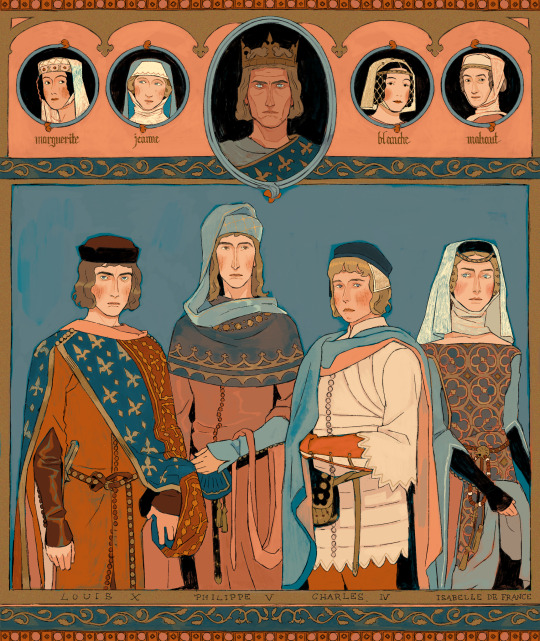
The Accursed Kings in 1314
#mine#the accursed kings#les rois maudits#philippe le bel#louis X le hutin#philippe V le long#Charles V le Bel#Isabelle de France#Mahaut d’Artois#14th century#medieval#middle ages
3K notes
·
View notes
Text
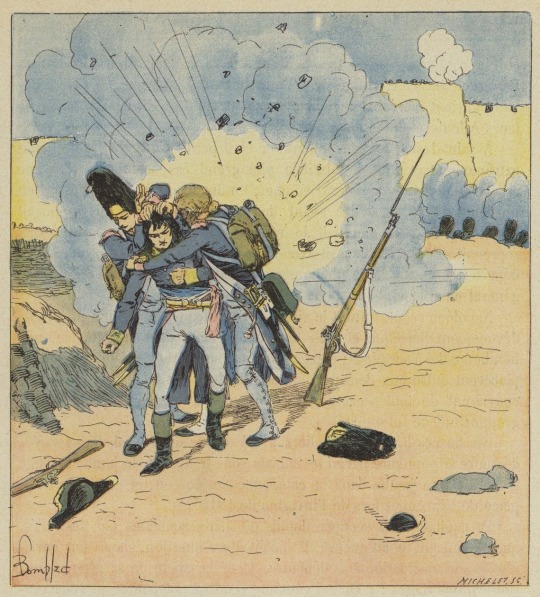
At St Jean d'Acre, the grenadiers Daumesnil and Souchon cover Bonaparte with their bodies to protect him from the shrapnel of a bomb blast.
by Louis Charles Bombled
#napoléon#napoleon#bonaparte#napoleon bonaparte#napoléon bonaparte#acre#art#siege of acre#louis charles bombled#pierre daumesnil#claude souchon de chanron#grenadier#grenadiers#french revolutionary wars#history#france#french#europe#european#middle east#saint jean d'acre#st jean d'acre#ottoman empire#ottoman#french republic#siege
134 notes
·
View notes
Text


I once wrote a (cheesy) fanfic to which Bourbon France said he would like to see a portrait of Bourbon Spain holding a portrait miniature of him.
Because this kind of act show people that they are married and they are a powerful couple. It also looks magnificent to hang it on their walls.
So… I commissioned this painting to make his (and mine) dream come true.
Commissioned from Tree by me (please do not re-upload without my permission).
#aph#hetalia#portrait miniature#aph france#aph spain#frain#I took the pose from ''Anne d'Autriche endeuillée présentant le portrait en miniature de Louis XIII'' by Henri and Charles Beaubrun#Clothes of Spain are from ''Ritratto di Carlo di Borbone'' by Anton Raphael Mengs#and his husband clothes are from ''El Delfín Luis de Borbón'' by Hubert Drouais#in this painting I intentionally did not correct the hairstyle of Spain because I think he would love to show his real hair color more#France is definitely the more fashionable of all because... he is France#both of them are in their early 20s#the legend said that after their divorce sadly no one known where the portrait miniature and this painting#many rumors said it had been stolen or burned in some war or revolution#obsessed with this era is never enough for me
89 notes
·
View notes
Text
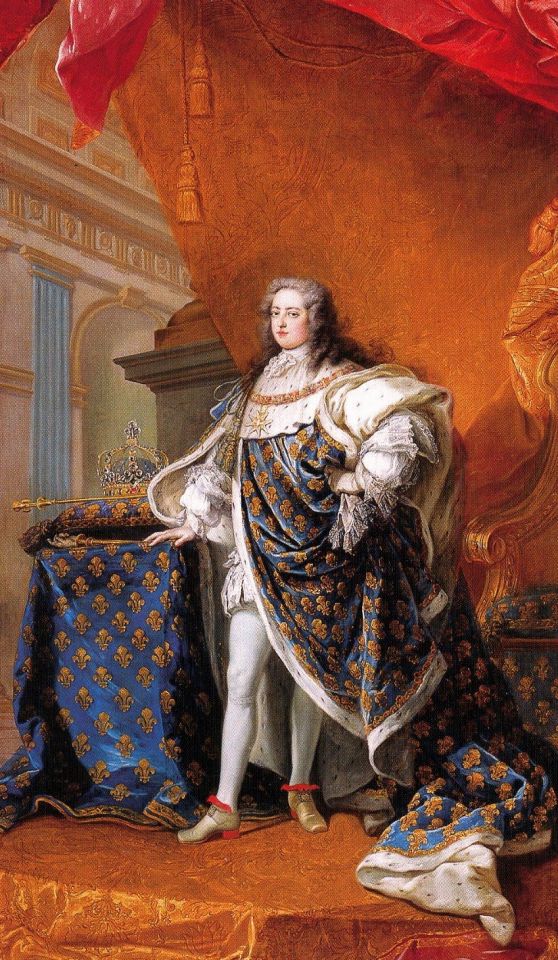
King Louis XV by Charles André van Loo.
#charles andre van loo#royaume de france#louis xv#roi de france#roi de france et de navarre#vive le roi#maison de bourbon#costume de sacre#full length portrait#official portrait#coronation robes#full-length portrait#kingdom of france#house of bourbon
10 notes
·
View notes
Text


Trompe-l’œil ft. Napoleon and Charles IV of Spain
1801
Laurent Dabos
Location: Marmottan Museum
A trompe-l’œil is a type of painting which creates an optical allusion which tricks the viewer into perceiving painted objects or spaces as real. This style of painting dates back to ancient times, but the term itself originated during the Napoleonic Era when it was first used by Louis-Léopold Boilly as the title of his 1800 painting.
#trompe-l'œil#Laurent Dabos#Traité Definitif de Paix#dabos#Napoleon#napoleon bonaparte#Charles IV#France#Spain#Musée Marmottan Monet#marmottan#louisiana#napoleonic#Louisiana purchase#history#trompe l’œil#french revolution#frev#Louis-Léopold Boilly#boilly#art history#history of art#historical art#painting#Paris
34 notes
·
View notes
Text

Louis, Grand Dauphin, father of King Felipe V of Spain. By Henri and Charles Beaubrun.
#royaume de france#maison de bourbon#louis de bourbon#dauphin de france#grand dauphin#dauphin de viennois#vive le dauphin#le grand dauphin#henri beaubrun#charles beaubrun#full length portrait#kingdom of france#house of bourbon#full-length portrait#museo del prado
8 notes
·
View notes
Photo
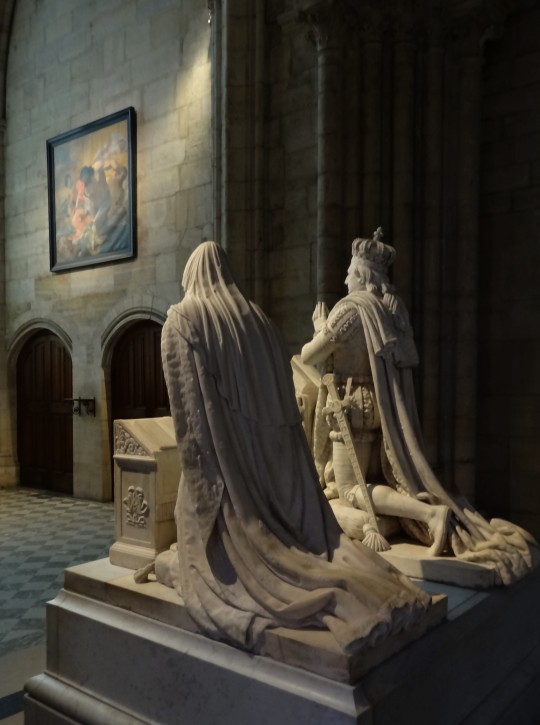




Je reviens à mon projet de présenter la plupart de mes 55000 photos (nouveau compte approximatif. On se rapproche du présent !).
2016. Une journée à Paris....et ici, un crochet à Saint-Denis pour visiter la Basilique, qui est aussi la nécropole royale.
- les 2 premières : priants de Louis XVI et Marie-Antoinette
- monument de cœur de François II
- gisants de Charles Martel, Clovis, Philippe IV le Bel (comme moi) et de Philippe III le Hardi (comme moi)
- gisant du connétable Louis de Sancerre
#souvenirs#paris#saint-denis#basilique de saint-denis#art gothique#médiéval#nécropole#nécropole royale#rois de france#priant#gisant#louis XVI#marie-antoinette#françois II#charles martel#clovis#philippe IV#philippe le bel#philippe III#phililppe le hardi#connétable#louis de sancerre#sancerre#connétable louis de sancerre
21 notes
·
View notes
Text
Aftermath of a coup: dealing with Marie's and Concini's creatures
Louis XIII dealt with Marie's and Concini's ministerial creatures exactly the way he wanted: according to his scale of political crimes and punishments. Mangot was the most innocuous of the triumvirs; hence, he was merely ordered peremptorily by the king's messenger to hand over the seals of his office, and was not allowed to see his monarch. In sharp contrast, Barbin was immediately jailed and his financial records seized. Ostensibly this action was to facilitate the trial against the Ancres, but it clearly reflected the king's belief that he was guilty of criminal negligence. Marie tried to intercede with Louis, first through Luçon, then at her own leave-taking with her son, and finally by letter from Blois. Barbin was kept in prison for sixteen months, then banished forever from France. Neither his own later appeals to Louis, nor those of Déageant and Luçon, succeeded in restoring his reputation and confiscated assets.
Luçon's fate was more complicated than that of the other triumvirs, reflecting a contest of wills between a hostile Louis XIII and a temporizing Luynes. From the king's perspective, the future cardinalminister Richelieu had three strikes against him: his closeness to Barbin, his indebtedness to Concini for his office, and his terrifyingly bright, authoritarian manner. The monarch revealed all his adolescent distrust on seeing the bishop of Luçon try to join the other secretaries of state after Concini's fall: "So! Luçon! I've finally escaped your tyranny."
Luynes immediately objected that Luçon was not all bad, pointing out the bishop's offer of loyalty before the coup. The king's favorite seems also to have suggested that the cleric's diplomatic skills and influence with the queen mother could help to keep her under control. Louis was sufficiently impressed to let Luçon act as Marie's temporary bargaining agent while she was incarcerated in the Louvre, and to let him accompany her to Blois. The bishop, however, departed soon after for his diocesan residence, probably in anticipation of royal disfavor. Explicit royal orders then sent him further away to the papal territory of Avignon.
These successive exiles undoubtedly reflected Luynes's second thoughts that Luçon was too dangerous a rival to leave with Marie. But they also bear the mark of a suspicious young Louis XIII, terrified of double manipulation by an imperious priest and an irrepressible mother. For his part, Luçon put the best face on his fall from secular grace in his memoirs, doctoring the sequence of events to suggest that the king bore him only good will.
A. Lloyd Moote - Louis XIII the Just
#xvii#a.lloyd moote#louis xiii the just#louis xiii#claude mangot#claude barbin#still stuck with everybody's shit the poor man#cardinal de richelieu#marie de médicis#charles d'albert de luynes#richelieu: i am fine extremely fine i have never been more comfortable in my life ever#louis: oh god you're the worst actually i should kick you out of france#luynes: can everyone maybe calm down ?#richelieu: i am the picture of calm and relaxation
10 notes
·
View notes
Text
1795-Louis XVII of France

Louis XVII (born Louis Charles, Duke of Normandy; 27 March 1785 – 8 June 1795) was the younger son of King Louis XVI of France and Queen Marie Antoinette. His older brother, Louis Joseph, Dauphin of France, died in June 1789, a little over a month before the start of the French Revolution. At his brother's death he became the new Dauphin (heir apparent to the throne), a title he held until 1791, when the new constitution accorded the heir apparent the title of Prince Royal.

Louis-Charles died on 8 June 1795. The next day an autopsy was conducted by Pelletan. In the report it was stated that a child apparently about 10 years of age, "which the commissioners told us was the late Louis Capet's son", had died of a scrofulous infection of long standing. "Scrofula" as it was previously known, is nowadays called Tuberculous cervical lymphadenitis referring to a lymphadenitis (chronic lymph node swelling or infection) of the neck lymph nodes (cervical lymph nodes) associated with tuberculosis.[9][10] During the autopsy, the physician Dr. Pelletan was shocked to see the countless scars which covered the boy's body, evidently the result of the physical mistreatment which the child had suffered while imprisoned in the Temple.

Following a tradition of preserving royal hearts, Louis-Charles's heart was removed and smuggled out during the autopsy by the overseeing physician, Philippe-Jean Pelletan. Thus, Louis-Charles' heart was not interred with the rest of the body. Dr. Pelletan stored the smuggled heart in distilled wine in order to preserve it. However, after 8 to 10 years the distilled wine had evaporated, and the heart was from that time kept dry. Following the Revolution of 1830, and the plundering of the Archbishop's palace, Pelletan's son found the relic among the ruins and placed it in the crystal urn in which it is still kept today.
#jun.8.1795#date of death#Louis XVII#Louis Charles#Dauphin of France#Fils de France#House of Bourbon#French Revolution#history today
7 notes
·
View notes
Text





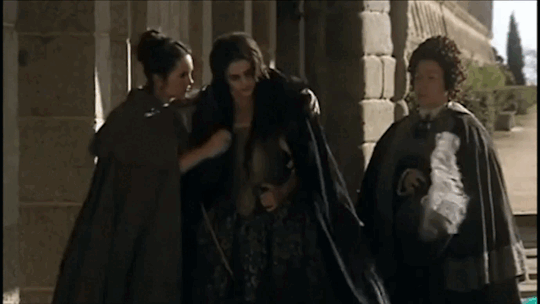
𝓜𝓪𝓻𝓲𝓮 𝓛𝓸𝓾𝓲𝓼𝓮 𝓭'𝓞𝓻𝓵𝓮𝓪𝓷𝓼
~Daughter of Philippe I of Orleans and Henrietta of England
~Niece to Louis XIV of France
~First wife of Charles II of Spain
#marie louise d'orleans#philippe i of orleans#charles ii of spain#henrietta of england#memoria de españa#louis xiv of france#versailles#charles ii the bewitched#period drama#queen of spain#spanish queens#carlos ii de españa#carlos ii el hechizado#maria luisa de orleans
44 notes
·
View notes
Text

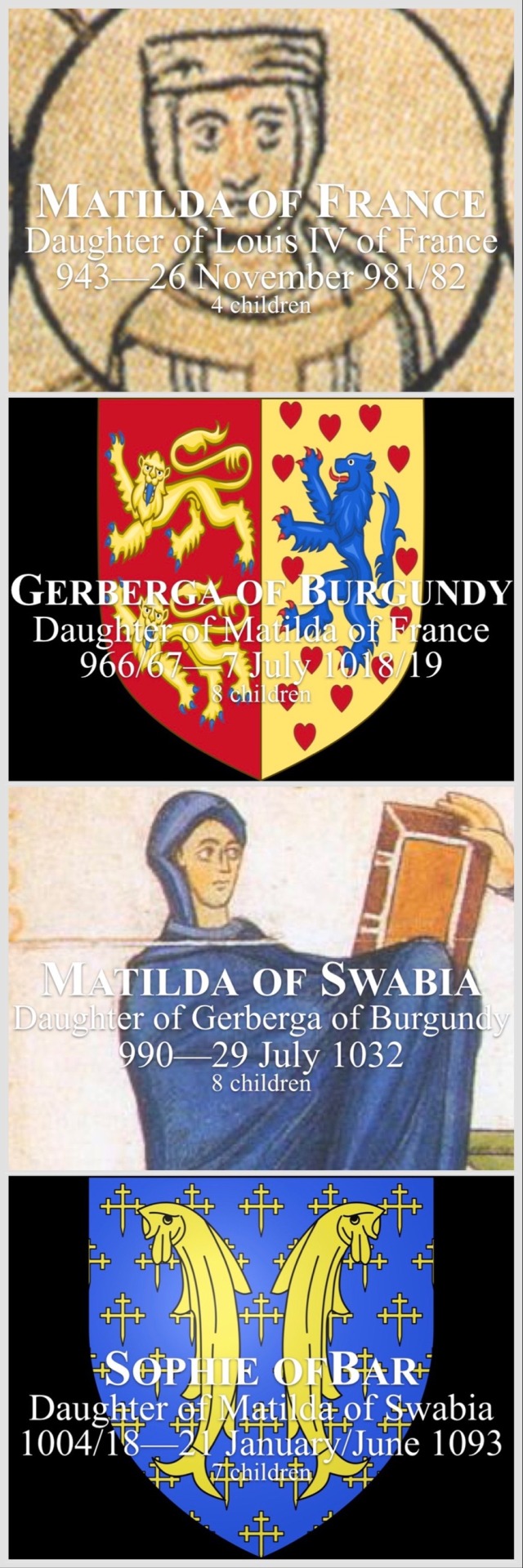


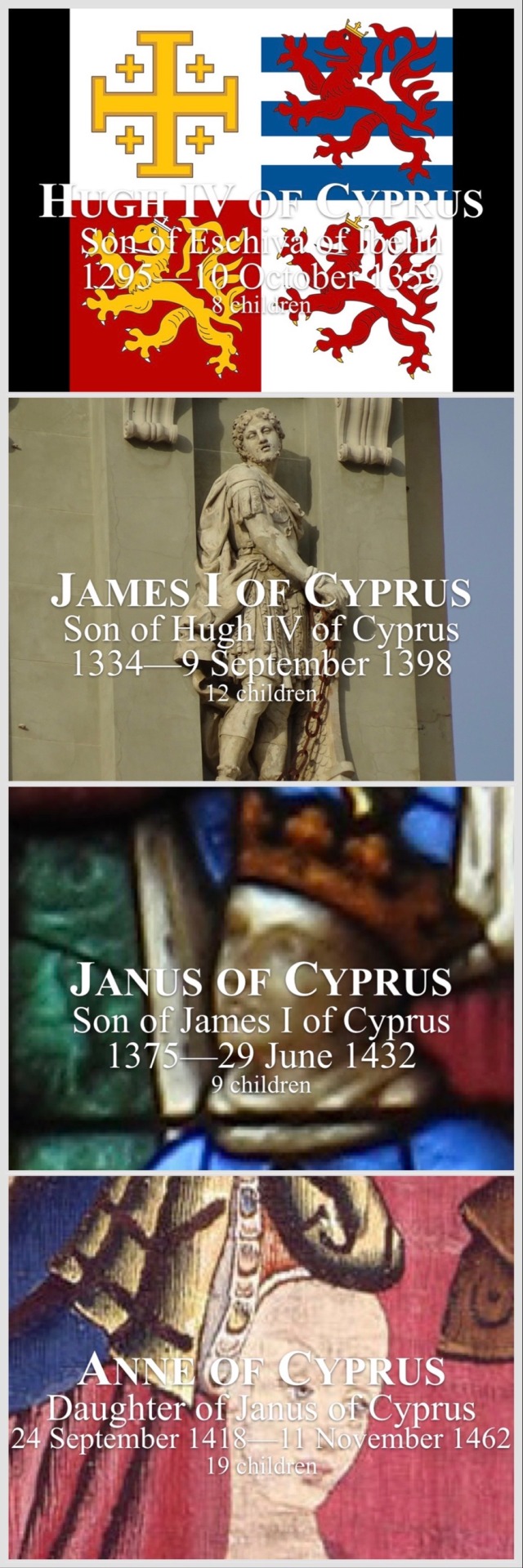





Descendants of Alfred the Great
#descendants of alfred the great#alfred the great#edward the elder#eadgifu of wessex#louis iv#matilda of france#matilda of swabia#james i of cyprus#janus of cyprus#anne of cyprus#amadeus ix of savoy#louis iii de la trémoille#claude de la trémoille#henri de la trémoille#charles louis bretagne de la trémoille#louis charles de la trémoille#louis charles marie de la trémoille#emmanuel de merode
1 note
·
View note
Text
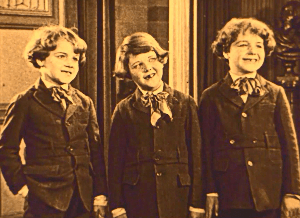



Daddies (1924)
#daddies 1924#claude gillingwater#muriel frances dana#willard louis#charles de briac#raymond de briac#king evers
0 notes
Text
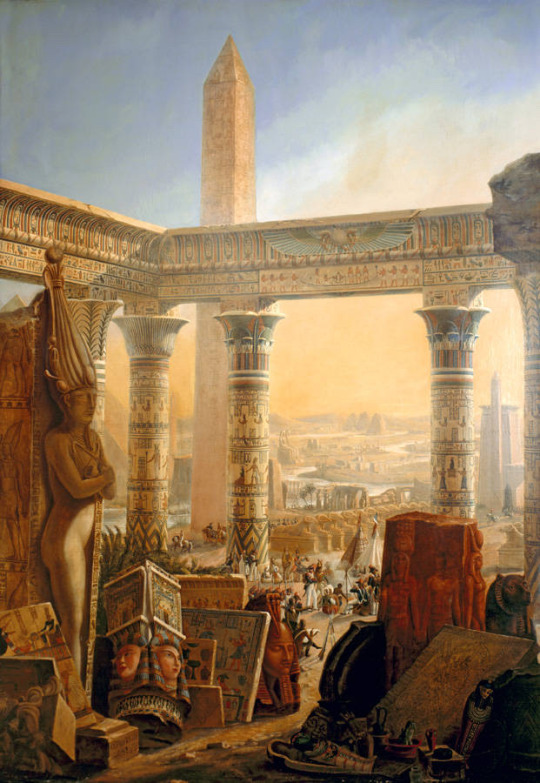
Frontispiece to The Description of Egypt 2nd ed.
The full title of the work is Description de l'Égypte, ou Recueil des observations et des recherches qui ont été faites en Égypte pendant l'expédition de l'armée française (Description of Egypt, or the collection of observations and researches which were made in Egypt during the expedition of the French Army)
#egypt#egyptian campaign#napoleonic#art#france#french#description de l'egypte#description of egypt#charles louis fleury panckoucke#history#ancient egypt#egyptian#book#napoléon bonaparte#napoleon#bonaparte#expedition#french revolutionary wars#europe#european#architecture#ancient#panckoucke#napoléon#napoleon bonaparte
165 notes
·
View notes
Photo

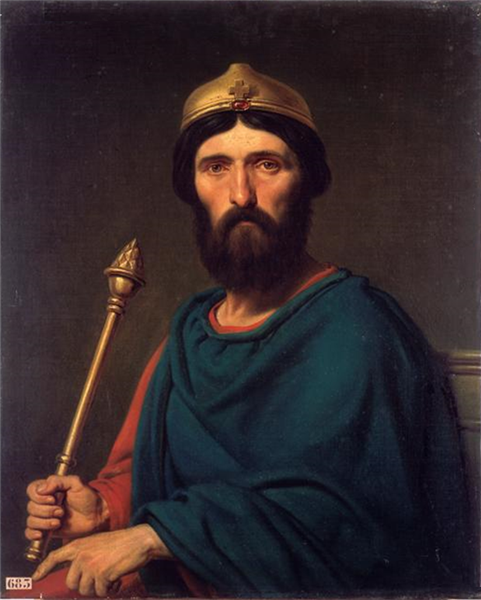
Home Alone dir. by Chris Columbus, written/prod. by John Hughes (1990) + Louis IV of France by Charles de Steuben
The English speaking peoples bring other preconditions to what we may call the people's will, the voting system, than, say, the French — the Latin peoples in general. The Latin peoples, especially the French, certainly carried out the revolution of the eighteenth century, but the French people today are more royal than any other. To be royal doesn't only mean to have a king at the top. Naturally a person whose head has been cut off cannot run around; but the French as a people are royal, imperialistic, without having a king. It has to do with the mood of soul. This “all are one” feeling, the national consciousness, is a real remnant of the Louis IV mentality.
—Rudolf Steiner, The History and Actuality of Imperialism: Lecture I
#Louis IV#Louis IV of France#anthroposophy#spiritual science#Charles de Steuben#John Hughes#Macaulay Culkin#Chris Columbus
1 note
·
View note